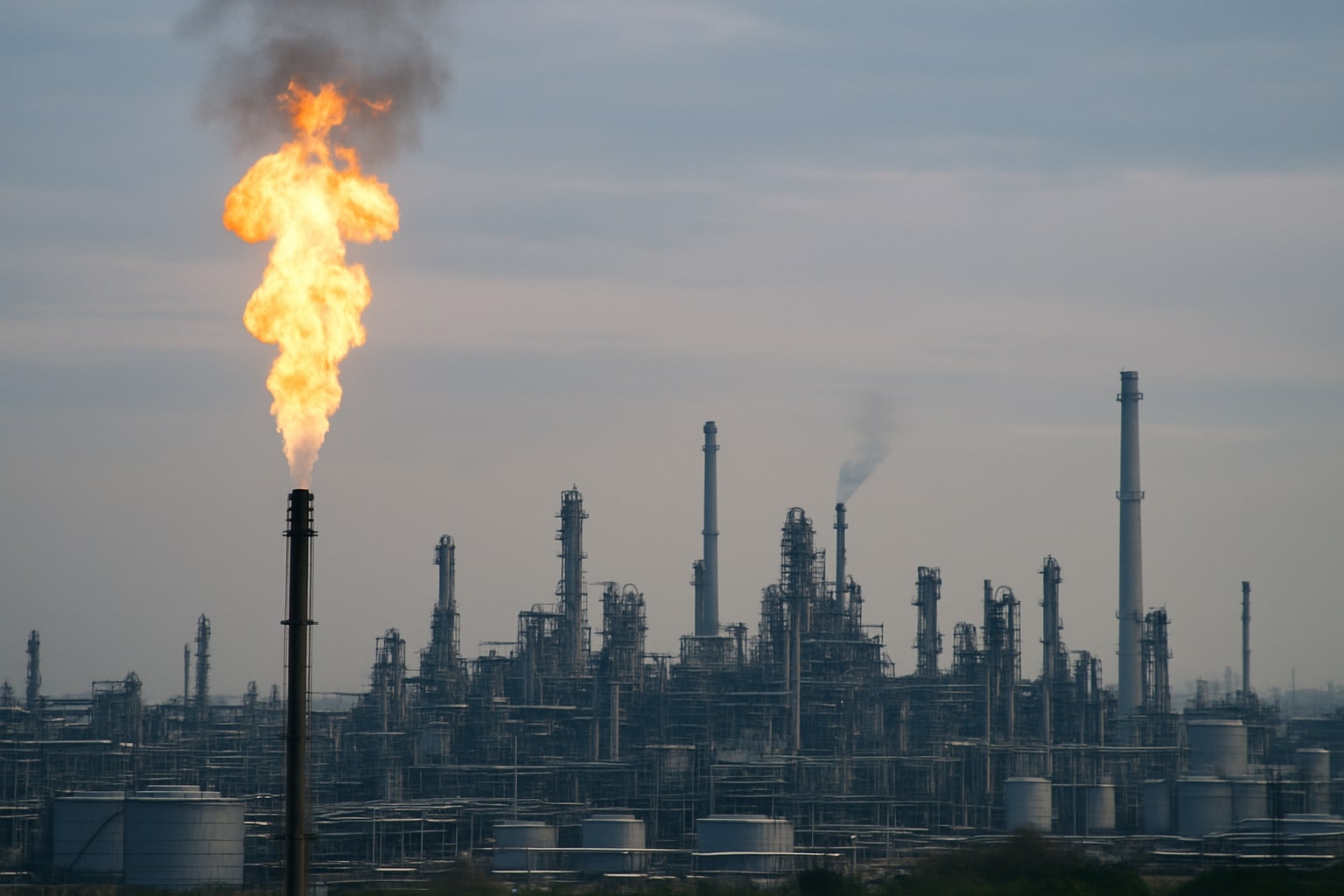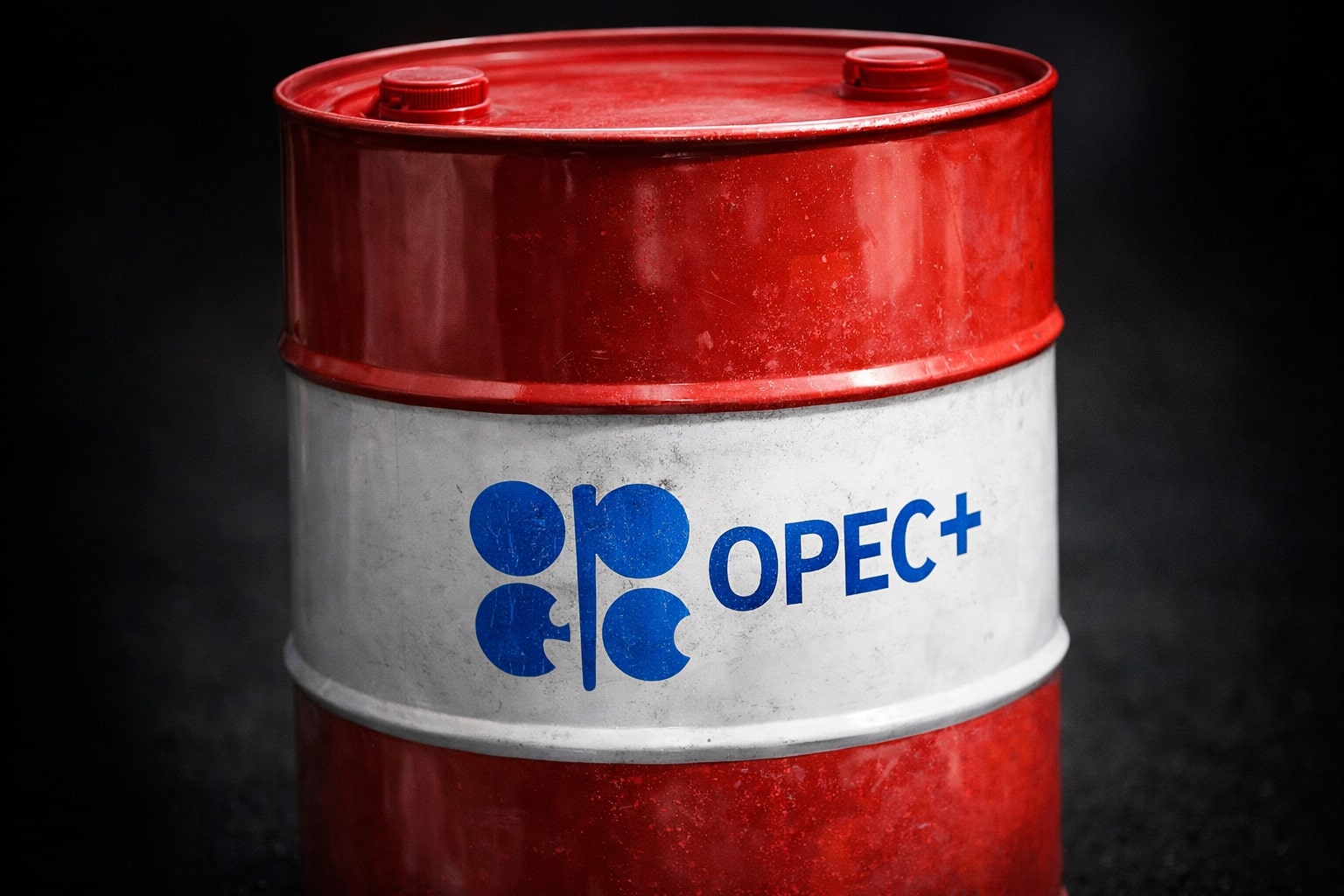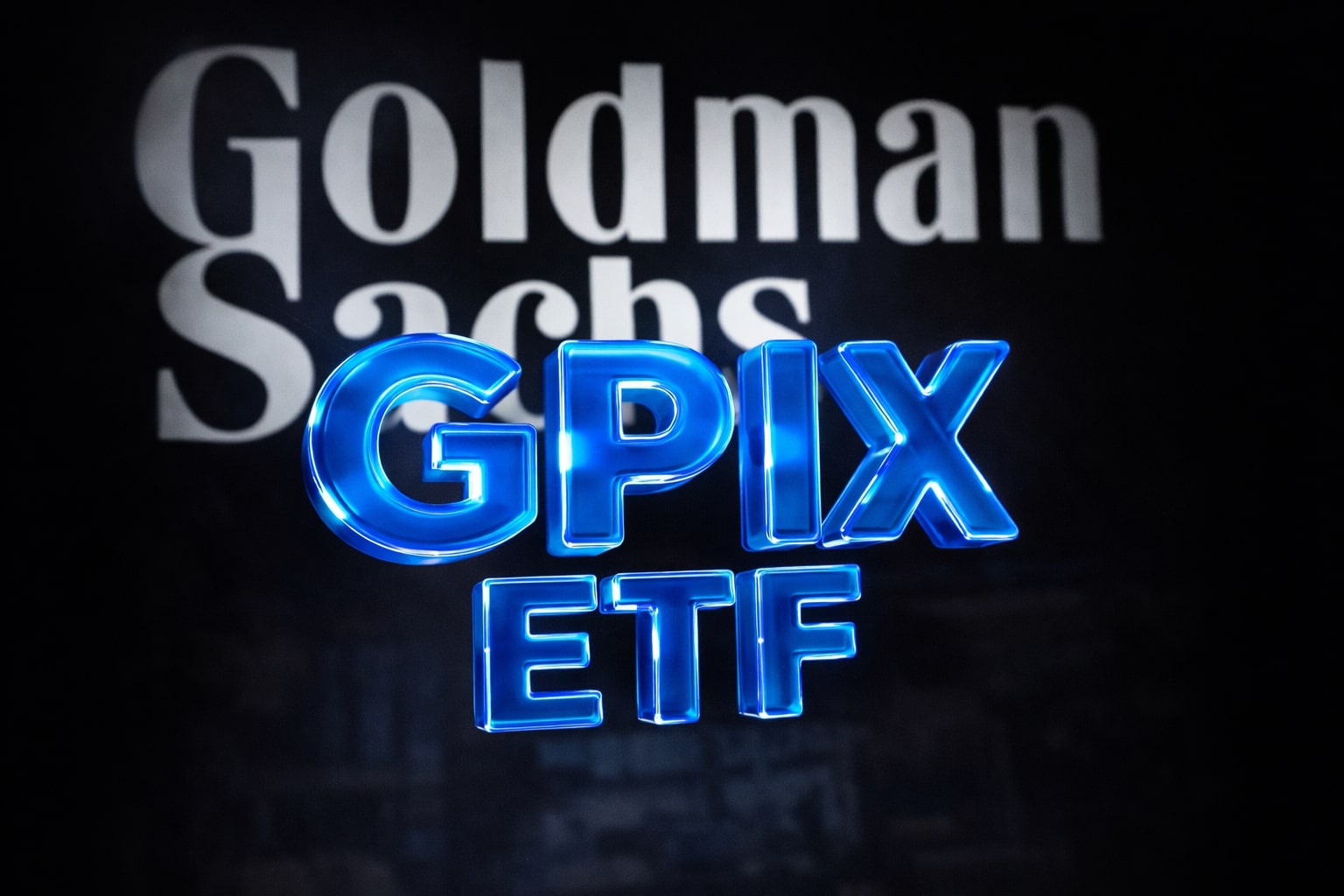
Natural Gas Price (NG=F) Holds at $3.00 as Bulls Eye $3.16 Breakout
Gas stabilizes above $2.80 with LNG demand firm, but resistance at $3.16 keeps traders cautious ahead of September breakout test | That's TradingNEWS
Natural Gas (NG=F) Holds at $3.00 as Market Balances Bearish Pressures and Recovery Signals
The natural gas market has entered a pivotal phase, consolidating near $3.00 after weeks of volatility. Prices tested $2.80–$2.82 earlier in the week before rebounding toward $3.00, supported by technical recoveries and renewed buying interest. The latest trading data shows spot benchmarks like Henry Hub holding above $2.96, with cash differentials across U.S. regional hubs fluctuating between -$0.36 in the Northeast and +$0.11 in the Gulf South, highlighting localized supply-demand imbalances. The market capitalization of global gas contracts has shifted notably, reflecting both bearish seasonal demand trends and bullish LNG-driven flows, making NG=F one of the most closely watched commodities as September approaches.
Technical Framework: Resistance at $3.16 and Downside Risks Toward $2.62
From a charting perspective, NG=F remains capped by strong resistance at $3.16, with daily candlesticks struggling to establish closes above the 50-day EMA at $3.10. A bearish head-and-shoulders neckline remains visible, suggesting potential retests of $2.81 and $2.62 should resistance persist. However, a bullish wedge breakout observed earlier this week and recovery of the anchored VWAP near $2.96 provide counter-signals that buyers are regaining strength. RSI has lifted back toward 48 after briefly touching oversold territory, while MACD shows narrowing downside momentum, leaving traders watching whether $3.15–$3.19 can be reclaimed to confirm a bullish reversal.
Regional Price Action Reflects Divergent Fundamentals
Spot market data underscores how regional fundamentals diverge. The SoCal Citygate slipped to -$0.225 versus Henry Hub, reflecting softening demand amid strong wind power generation in California, while Algonquin Citygate dropped -$0.155 on weak Northeast consumption. By contrast, Gulf Coast hubs like Houston Ship Channel held firm at -$0.02, supported by resilient LNG feedgas demand and storage injections near capacity. Canadian hubs like NOVA/AECO C declined -$0.18, pressured by pipeline maintenance and slower ramp in LNG exports from British Columbia. These shifts reveal how geography continues to dictate premiums and discounts, particularly as Norwegian supply disruptions are offset by record LNG flows into Europe and Asia.
Storage and LNG Dynamics Drive Medium-Term Outlook
The U.S. natural gas storage situation remains comfortable, with injections keeping inventories above the five-year average. Yet the structural demand pull from LNG remains the key driver. Feedgas demand is holding near 13–14 Bcf/d, with exports to Europe steady as Dutch TTF contracts trade around €31.45/MWh (~$10.75/mmBtu). Asia continues to absorb cargoes, with reports of a Russian Arctic LNG 2 shipment arriving in China raising questions about shifting trade flows. Meanwhile, LNG Canada has requested near-term export capacity increases, a development analysts call “lean bullish” for AECO pricing into late 2025. The interplay of robust LNG demand and mild U.S. weather leaves natural gas oscillating between oversupply fears and bullish export tailwinds.
Seasonality and Contract Shifts Shape Sentiment
The September contract rollover has injected fresh volatility. Traders note that September historically carries weaker cooling demand versus August, limiting upside unless weather surprises. Nevertheless, the September contract’s positioning above $2.96 signals market willingness to defend higher lows. Seasonality points to subdued domestic demand, yet the tightening channel structure in NG=F indicates that a decisive breakout—either above $3.19 or below $2.80—could dictate momentum through September. Market participants continue to fade rallies near $3.10, while opportunistic buyers accumulate near $2.80, creating the compression that precedes larger moves.
Global Macro: Norwegian Maintenance and European Imports
On the global front, Norwegian supply reductions remain a factor as Troll field maintenance removes ~12 million cubic meters/day of exports, yet this is offset by strong LNG deliveries and wind generation in the UK. Dutch TTF and UK contracts remain steady, reflecting balanced fundamentals. The arrival of Russian LNG in China adds a bearish undertone, as increased bilateral flows may reduce Chinese spot demand, indirectly affecting U.S. LNG cargo pricing. These global linkages reinforce natural gas’s evolving role as a geopolitically sensitive commodity, where European, Asian, and North American dynamics converge to shape NG=F’s direction.
Natural Gas (NG=F) Strategic Outlook
Natural gas’s immediate outlook hinges on the $2.80–$3.16 corridor. A sustained break above $3.19, aligned with the 50-day EMA and measured wedge breakout targets, would open upside toward $3.27–$3.50. Failure to clear resistance risks renewed bearish pressure, first toward $2.81 and then the August low of $2.62. Longer term, LNG expansion and global power sector demand create a constructive backdrop, but seasonality and high storage cap near-term rallies. With fundamentals mixed, NG=F is best viewed as a tactical Hold, with opportunistic buys near $2.80–$2.85 and profit-taking above $3.15. Traders must respect the volatility structure, as technical compression suggests a breakout is imminent heading into September.
That's TradingNEWS
Read More
-
GPIX ETF Climbs to $52.54 as 8% Yield Turns S&P 500 Volatility Into Income
02.01.2026 · TradingNEWS ArchiveStocks
-
XRP ETF Rally: XRPI $11.54, XRPR $16.35 And XRP-USD At $1.99 Aim For A $5–$8 Cycle
02.01.2026 · TradingNEWS ArchiveCrypto
-
Natural Gas Price Forecast: NG=F Tests $3.50–$3.60 Floor Before LNG Wave
02.01.2026 · TradingNEWS ArchiveCommodities
-
USD/JPY Price Forecast - USDJPY=X Holds Near 157 as BoJ Caution and Fed Cut Bets Drive the Move
02.01.2026 · TradingNEWS ArchiveForex



















